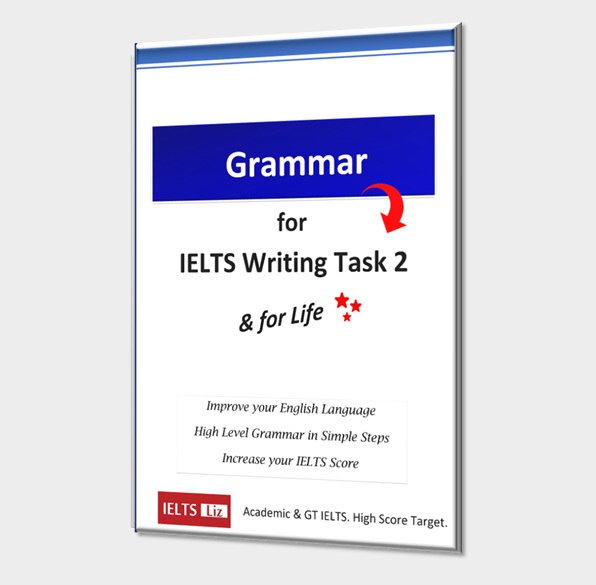This IELTS reading exercise is based on the question type of matching sentence endings and covers the topic of crime and punishment. This article is adapted from a UK newspaper discussing the aims of prisons and contains very useful vocabulary for a common IELTS topic.
Matching Sentence Endings Questions Reading Practice
The aim of these question types is to complete the sentence given by choosing one of the endings in the list. This is called Matching Sentence Endings. You can find tips for this question type in the recommended links at the bottom of this page:
The Old Debate: Punish or Rehabilitate
Debates over how to treat prisoners have gone on since imprisonment began: should the prison system leave inmates to fester in cold cells, with punishment and deterrence as the goal of incarceration? Or should it let them wander from classroom to games room, preaching rehabilitation into society as its main aim?
With over 83,000 prisoners currently locked away, England and Wales have a staggering imprisonment rate of 150 per 100,000 of the population. Our prisons have been officially overcrowded since 1994; nearly 14,000 current inmates are serving indeterminate sentences. If lowering the number of criminals is the reason behind imprisonment, recent figures point to a failing system: almost three quarters of under-18s are reconvicted within a year of release. As James Bell, an American lawyer and prison reform activist, said: “As it stands now, justice systems are extremely expensive, do not rehabilitate, but in fact make the people that experience them worse.”
In response to worldwide alarm over the ineffectiveness of how we manage criminals, a growing number of prisons are embracing a new style of incarceration. By giving inmates more responsibility, comfort, and freedom within the prison walls, governors say they are offering prisoners the chance to change. As the Prison Radio Association spokespeople said: “Reducing re-offending is of benefit to everybody. Equipping prisoners with skills and confidence is crucial in bringing down re-offending rates.”
Questions 1-4: Complete the sentence by choosing the correct ending.
- Since prisons were established, it has been considered whether or not …
- Putting criminals behind bars to reduce the crime rate is clearly not working…
- The new approach to dealing with punishment is ………
- One of the most effective ways to reduce crime figures is to …
Choose the letter (a-g)
- a) because many under 18’s are criminals.
- b) the aim of imprisonment should be to put people off committing crime or to rehabilitate them.
- c) in answer to the lack of success with the way criminals are currently dealt with.
- d) provide equipment to prisoners.
- e) the goal should be to provide warmer cells.
- f) help offenders develop useful skills.
- g) according to the current crime numbers.
Answers
Click below to reveal the answers.
Answers- b
- g
- c
- f
Adapted from Telegraph
All reading exercises on ieltsliz.com have been written by myself to help you prepare for your IELTS test for free.
Liz
- inmates = prisoners
- deterrent = discouragement / preemption
- deter = to put people off doing something / dissuade
- incarceration = imprisonment
- staggering = overwhelming
- indeterminate = unknown / unstated
- convict (noun) = criminal / convict (verb) = to sentence or to condemn
- re-offending = commit a crime again
.
Recommended
- More Matching Sentence Endings Practice
- IELTS Crime Essay Questions
- ALL READING PRACTICE LESSONS & TIPS
.






